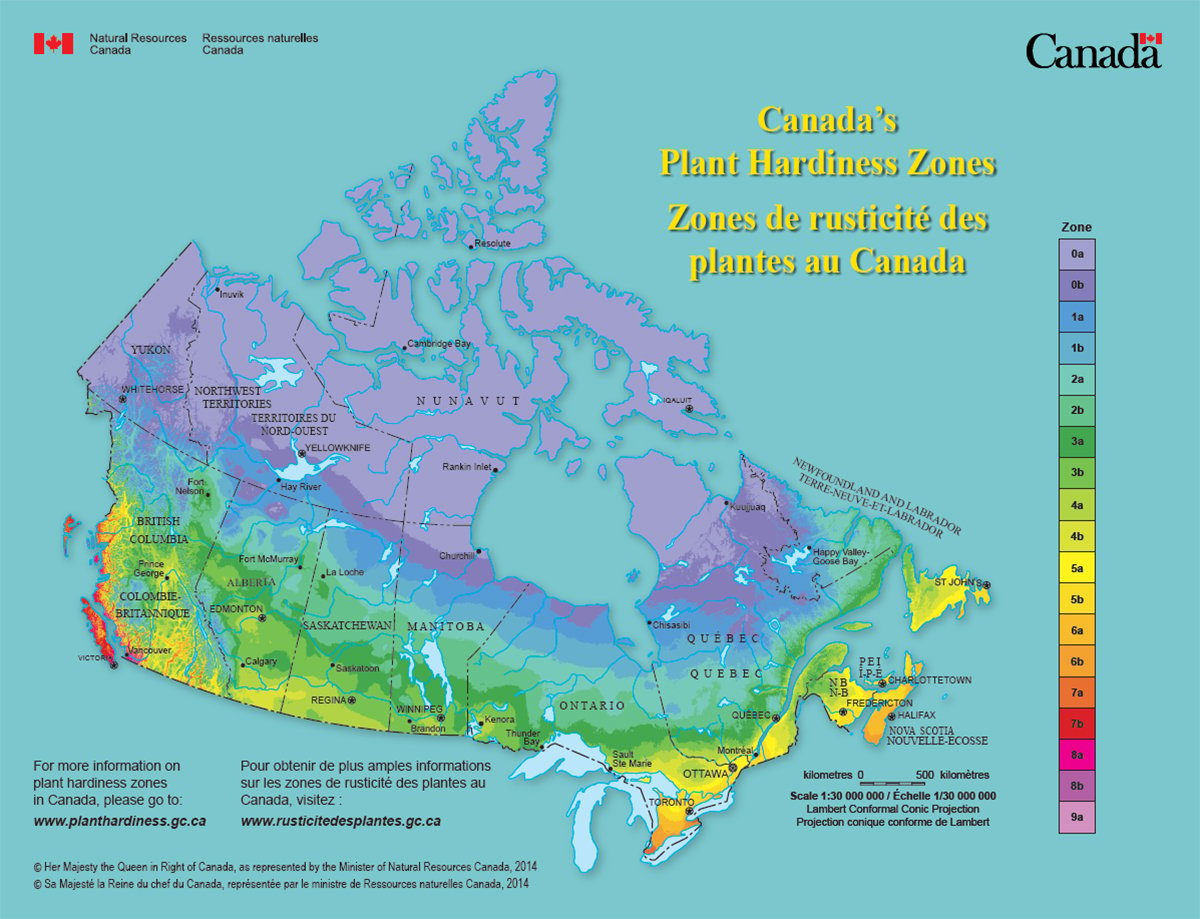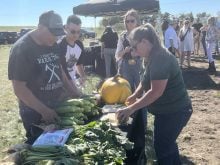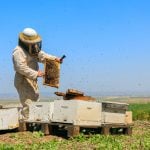A devastating flood in 2013 was the catalyst for finding ways to mitigate flooding and droughts in the Bow River basin
Floods and droughts are common in Alberta but after a flood in 2013 caused $6 billion in damage, a working group was formed to find ways to control nature.
The minister of environment and mayor of Calgary asked the group of water experts, municipalities, First Nations and major water licence holders to look at the effects of substantial flooding and drought and ways to mitigate it in the Bow River basin of southern Alberta.
The Bow River Working Group report proposed three options that cost plenty of time and money that need agreement from local landowners, First Nations, municipalities and others before any are considered. The group will be meeting again in March to review the options, locations and a time line.
Read Also

Canada’s plant hardiness zones receive update
The latest update to Canada’s plant hardiness zones and plant hardiness maps was released this summer.
“Where I think this is all leading is an operations tool to manage the Bow River as a system and that includes the Oldman (River),” said Mike Kelly, former chair of the Bow River Management Project.
“These things can and should be done,” he said at the recent Alberta Irrigation Projects Association convention held in Calgary.
“There are times when you need to manage the river collaboratively,” he said.
The group found stream flow levels could be managed to 1,200 cubic metres per second with some operational changes upstream of Calgary.
“This means moving water earlier. Irrigation districts may want to take that water earlier,” he said.
An earlier agreement with TransAlta Utilities, which uses the Ghost Reservoir northwest of Calgary for hydro power, lowers water in spring so it has more capacity to accept a potential onslaught.
A study is underway to look at the reservoir and determine what it would take to draw water down by three to five metres per day rather than one metre as TransAlta says is more manageable. Another possibility is expanding the reservoir by raising the banks so that it could hold more water.
Two other reservoirs are proposed. One would be located at Morley and a second, upstream of the Bearspaw Dam. These would take 15 to 20 years to complete at considerable cost. Approval from First Nations and local landowners would be necessary.
The Morley Reservoir would be 150,000 cubic decametres, while the Glenbow would be 70,000 cubic decametres or 50,000 acre feet.
Drought relief could be achieved by expanding the Carseland canal east of Calgary and increasing diversions to the Western Irrigation District. It may also be possible to increase carry-over in winter in downstream reservoirs.
















